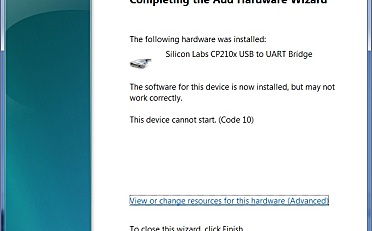释放双眼,带上耳机,听听看~!
这个if()声明是所有程序控制结构里最基本的部分。它允许你来使有些事情是否发生,取决于是否符合一些给定的条件
简介
- 这个if()声明是所有程序控制结构里最基本的部分。它允许你来使有些事情是否发生,取决于是否符合一些给定的条件。它看起来像这样:
if (someCondition) {
// do stuff if the condition is true
}- 有一个公共变量叫if-else,看起来像这样:
if (someCondition) {
// do stuff if the condition is true
} else {
// do stuff if the condition is false
}- 也有else-if,当第一条件为真时你可以检查第二条件:
if (someCondition) {
// do stuff if the condition is true
} else if (anotherCondition) {
// do stuff only if the first condition is false
// and the second condition is true
}- 你任何时候都可以用到if声明。下面的例子如果模拟输入引脚读取的值超过阈值,就会打开pin13的LED灯(内置在很多Arduino上)。
硬件要求
- Arduino or Genuino 开发板
- 电位计 或者 变阻器
电路

原理图

样例代码
在下面的代码里,一个叫analogValue的变量用来保存从电位计(连接到开发板的模拟引脚pin0)读取的数据。然后对比这个数据和阈值。如果模拟值在设置的阈值上面,打开pin13的内置LED灯。如果低于阈值,LED保持关闭。
// These constants won't change:
const int analogPin = A0; // pin that the sensor is attached to
const int ledPin = 13; // pin that the LED is attached to
const int threshold = 400; // an arbitrary threshold level that's in the range of the analog input
void setup() {
// initialize the LED pin as an output:
pinMode(ledPin, OUTPUT);
// initialize serial communications:
Serial.begin(9600);
}
void loop() {
// read the value of the potentiometer:
int analogValue = analogRead(analogPin);
// if the analog value is high enough, turn on the LED:
if (analogValue > threshold) {
digitalWrite(ledPin, HIGH);
} else {
digitalWrite(ledPin, LOW);
}
// print the analog value:
Serial.println(analogValue);
delay(1); // delay in between reads for stability
}

















